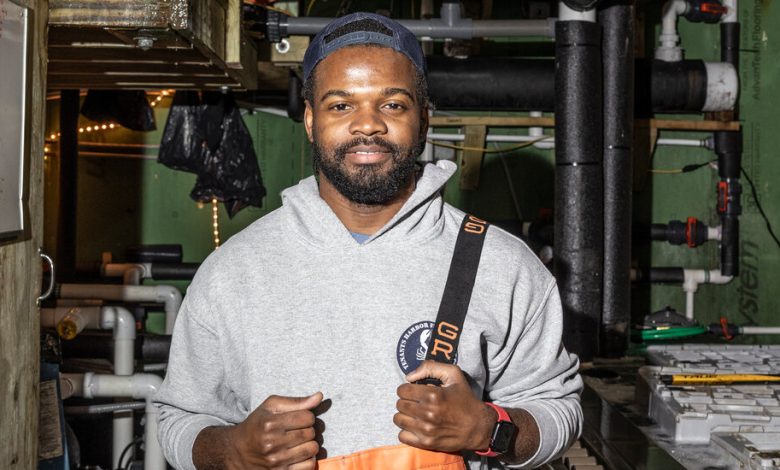Immigrants in Maine Are Filling a Labor Gap. It May Be a Prelude for the U.S.

Maine has a lot of lobsters. It also has a lot of older people, ones who are less and less willing and able to catch, clean and sell the crustaceans that make up a $1 billion industry for the state. Companies are turning to foreign-born workers to bridge the divide.
“Folks born in Maine are generally not looking for manufacturing work, especially in food manufacturing,” said Ben Conniff, a founder of Luke’s Lobster, explaining that the firm’s lobster processing plant has been staffed mostly by immigrants since it opened in 2013, and that foreign-born workers help keep “the natural resources economy going.”
Maine has the oldest population of any U.S. state, with a median age of 45.1. As America overall ages, the state offers a preview of what that could look like economically — and the critical role that immigrants are likely to play in filling the labor market holes that will be created as native-born workers retire.
Nationally, immigration is expected to become an increasingly critical source of new workers and economic vibrancy in the coming decades.
It’s a silver lining at a time when huge immigrant flows that started in 2022 are straining state and local resources across the country and drawing political backlash. While the influx may pose near-term challenges, it is also boosting the American economy’s potential. Employers today are managing to hire rapidly partly because of the incoming labor supply. The Congressional Budget Office has already revised up both its population and its economic growth projections for the next decade in light of the wave of newcomers.
In Maine, companies are already beginning to look to immigrants to fill labor force gaps on factory floors and in skilled trades alike as native-born employees either leave the work force or barrel toward retirement.



